Using Alcohol For Forced Bulbs - Keeping Amaryllis, Paperwhite, and Other Bulbs Upright
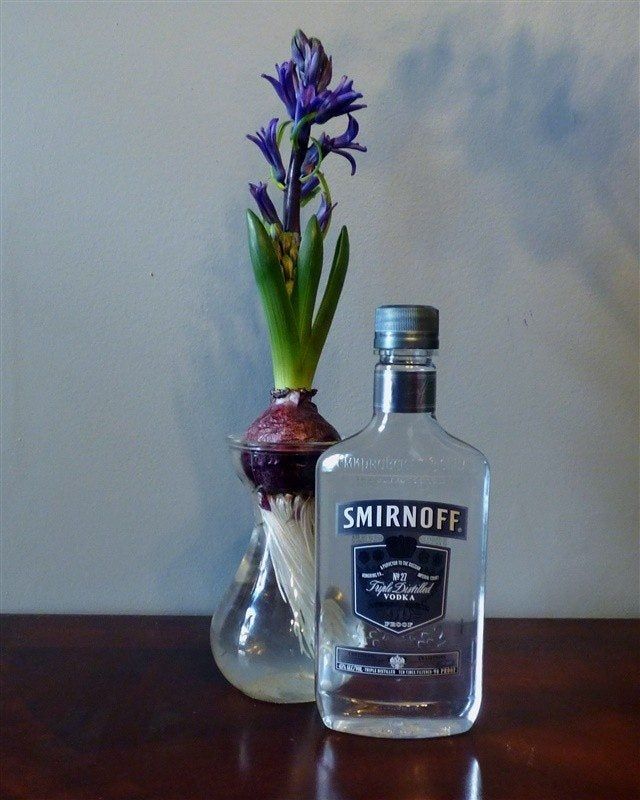

Waiting for spring can make even the most patient gardener antsy and anguished. Forcing bulbs is a great way to bring some early spring cheer and brighten the home interior. Forcing bulbs in alcohol is a trick for preventing floppy paperwhites and any other leggy stemmed bulbs from falling over. What is the link between booze and bulbs? Read on to find out how a little distilled alcohol can help your long-stemmed flower bulbs.
Alcohol and Bulbs
Homo sapiens aren't the only life form that enjoys a tipple or two. Strangely, bulbs appear to produce shorter but sturdier stems when given a nip of vodka or even rum or gin. Keeping those leggy paperwhite bulbs upright might be as simple as getting out the shot glass. The science behind the trick is actually so basic even a garden writer can explain the benefits. Keeping amaryllis from flopping over may be accomplished with a slender stake or skewer but there is real evidence that forcing bulbs in alcohol can achieve the same effect. Researchers at Cornell University have discovered that a bit of distilled spirits can help solidify those slender stems and produce plants with a sturdier, upright posture. How does the alcohol stiffen their spines? The secret is a diluted solution of alcohol, which will induce water stress and prevent excessive stem growth without harming flower production. Alcohol limits growth of the stem to one third of the normal growth height and forces thicker, sturdier stalks.
How to Keep Paperwhite Bulbs Upright (and others too)
Many of the bulbs we force in winter for early blooming develop long stems. Paperwhites, amaryllis, tulips, narcissus, and others produce their beautiful blooms on the tops of slender flower stalks, which have the propensity to bend once the heavy flowers appear. Preventing floppy paperwhites and other bulbs is as easy as watering with a dilution of distilled alcohol. If you prefer not to sacrifice your Tanqueray or Absolut, you can also use rubbing alcohol. Using alcohol for forced bulbs requires a little know-how on the ratio necessary to promote limited stem growth without killing the plant. Distilled spirits are watered down at a rate of 1 part to 7 parts water. Rubbing alcohol needs more dilution at a rate of 1 to 11.
Method of Using Alcohol for Forced Bulbs
Using alcohol for forced bulbs starts with the same bulb starting method common for traditional starting. Pre-chill any bulbs that require it and then plant them in a container lined with gravel, glass, or pebbles. Paperwhites and amaryllis are bulbs that do not need a chilling period and can go directly into the container. Put in water as you normally would and wait for one to two weeks for the stem to start forming. Once it is 1 to 2 inches (2.5-5 cm.) above the bulb, pour off the water and start using the alcohol solution. Results are noticeable within a few days. This simple solution will keep amaryllis from flopping over and allow you to enjoy flowers proudly balanced on the tops of those skinny stems where everyone can take pleasure in their regal beauty.
Gardening tips, videos, info and more delivered right to your inbox!
Sign up for the Gardening Know How newsletter today and receive a free download of our DIY eBook "Bring Your Garden Indoors: 13 DIY Projects For Fall And Winter".

Bonnie Grant is a professional landscaper with a Certification in Urban Gardening. She has been gardening and writing for 15 years. A former professional chef, she has a passion for edible landscaping.
-
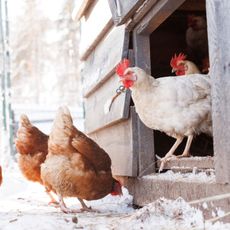 Winterizing Chicken Coop Pens And Boxes: 5 Steps To Keep Chickens Safe & Warm
Winterizing Chicken Coop Pens And Boxes: 5 Steps To Keep Chickens Safe & WarmWinterizing chicken coop pens and boxes is a crucial way to keep your chickens safe and warm in the cold season. Follow our five steps for happier, healthier chucks
By Bonnie L. Grant
-
 Ditch The Gym: 5 Gardening Activities That Give A Better Workout
Ditch The Gym: 5 Gardening Activities That Give A Better WorkoutSkip grueling workouts at the gym and get fit in your garden! These gardening activities will give you a better workout while growing something amazing.
By Mary Ellen Ellis
-
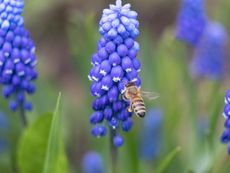 Pretty Spring Bulbs For Pollinators
Pretty Spring Bulbs For PollinatorsWhat are the best flowering bulbs for pollinators in spring? Click here to find out.
By Mary Ellen Ellis
-
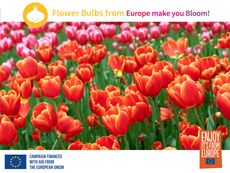 Grow An Early Spring Flowering Bulb Lawn
Grow An Early Spring Flowering Bulb LawnWant a lawn that nourishes pollinators, never needs weeding, and grows more beautiful every year? We have the lawn for you. Click for more.
By Caroline Bloomfield
-
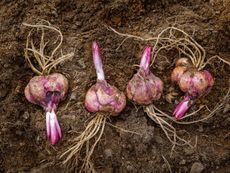 When To Dig Up Bulbs That Bloom In Summer
When To Dig Up Bulbs That Bloom In SummerClick here to learn when to dig up faded summer bulbs of some of the most common ornamentals grown.
By Tonya Barnett
-
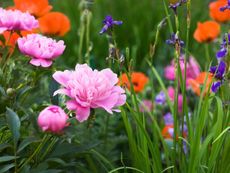 Corms, Tubers, And Bulbs That Are Deer Resistant
Corms, Tubers, And Bulbs That Are Deer ResistantWe love tulips, and so do deer! If you have hungry deer and you hunger for spring blooms, this article should help.
By Amy Grant
-
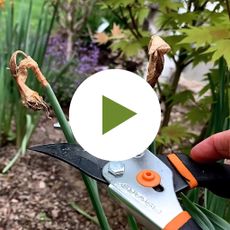 Care for Bulbs After Blooming
Care for Bulbs After BloomingIt's tempting to chop down the leaves after you bulbs have bloomed, but you have to resist this urge! Click to learn why.
By Amy Draiss
-
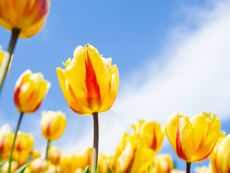 Best Spring Bulbs for Sun and Shade: Bulbs That Grow in Shade and Full Sun
Best Spring Bulbs for Sun and Shade: Bulbs That Grow in Shade and Full SunBulbs are beautiful harbingers of spring. Most flower bulbs thrive in full sun, but what if you have a shaded landscape? Read on for more.
By Amy Grant
-
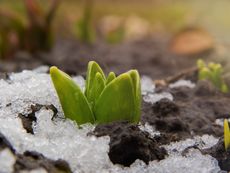 Bulb Life Cycle In Winter: What Bulbs Do For Months Under The Snow
Bulb Life Cycle In Winter: What Bulbs Do For Months Under The SnowDormancy in winter doesn't mean nothing is happening with bulbs. It just means you don't see any growth above the ground. Read on for more.
By Bonnie L. Grant
-
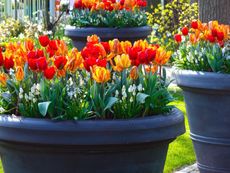 How To Plant Bulbs In Pots - Lasagna Style
How To Plant Bulbs In Pots - Lasagna StylePlanting bulbs in containers is an easy way to create a gorgeous spring porch arrangement, especially when you use the lasagna method.
By Laura Walters